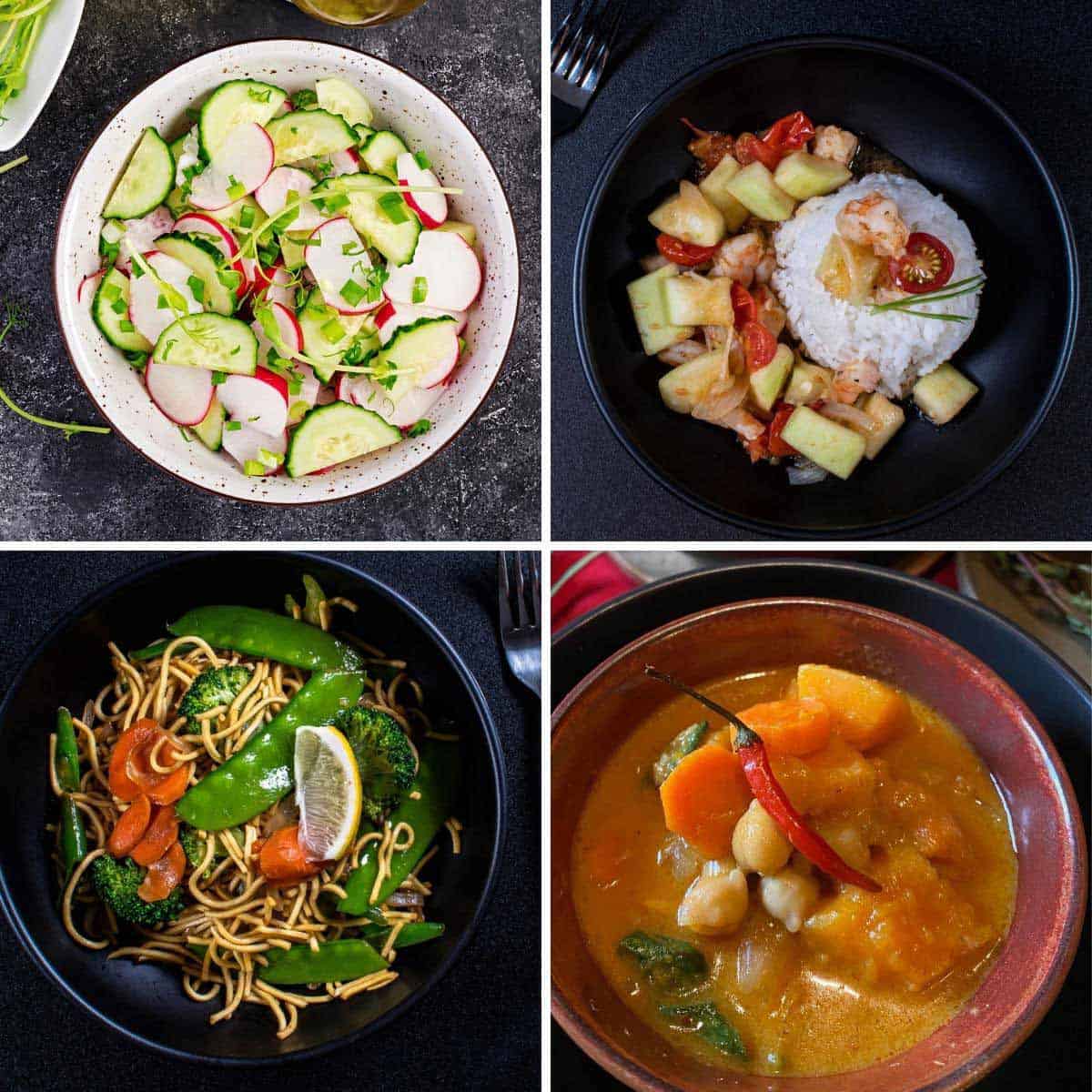Genuine Filipino Food Recipes to Try in the house
Exploring authentic Filipino food dishes offers an opportunity to value the intricate tastes and social significance behind each recipe. From the well-liked Adobo, with its mouthwatering marinade, to the tasty Sinigang that embodies the essence of Filipino comfort, these dishes welcome a deeper understanding of typical cooking methods. Making use of fresh, neighborhood ingredients is crucial, as is accepting common eating-- a trademark of Filipino culture. As we take into consideration the vital components and strategies that specify these culinary treasures, one might wonder what certain recipes can truly catch the heart of this vivid cuisine.
Popular Filipino Dishes
Filipino cuisine flaunts an abundant tapestry of tastes and practices, with over a dozen famous meals that highlight the country's diverse social influences. One of the most popular meals is Adobo, a mouthwatering stew normally made with chicken or pork, seasoned in vinegar, soy sauce, garlic, and seasonings. Its tasty flavor profile makes it a staple in Filipino homes.
An additional precious meal is Sinigang, a sour soup typically made with tamarind, tomatoes, and various vegetables. This dish can feature pork, shrimp, or fish, and its refreshing preference is best for cozy environments. For those with a craving for sweets, Leche Flan-- a luscious caramel custard-- offers as a preferred treat, showcasing the Filipino propensity for rich, pleasant tastes.
Kare-Kare, a passionate oxtail stew with a thick peanut sauce, along with the legendary lumpia, or springtime rolls, better exemplify the range found in Filipino cuisine. Each meal not only supplies distinct tastes but additionally narrates of local ingredients and historic impacts, making Filipino food a lively reflection of its society and heritage.
Crucial Active Ingredients for Filipino Cooking
The significance of Filipino food preparation exists in its important active ingredients, which function as the foundation for the nation's precious dishes. A selection of flavors and structures collaborated, showcasing the varied social influences that shape Filipino cuisine.
Trick ingredients include rice, the staple that accompanies almost every dish, signifying nutrition and community. Soy sauce, vinegar, and fish sauce (patis) are critical for spices, imparting umami and deepness to recipes. Fresh herbs like cilantro and basil add fragrant quality, while garlic, onion, and ginger offer a durable taste base.
Protein sources such as pork, poultry, and fish and shellfish are central to numerous dishes, usually marinated to improve preference. Veggies like eggplant, bitter melon, and green beans contribute vital nutrients and equilibrium - Filipino food recipes. Coconut milk is another significant component, providing creaminess and a refined sweet taste to numerous stews and desserts
Lastly, calamansi, a citrus fruit, provides a rejuvenating flavor that boosts recipes and drinks alike. Together, these ingredients create the dynamic and rich tapestry of tastes that specify Filipino food, making it both soothing and distinct. Recognizing these principles is crucial for any individual wanting to duplicate authentic Filipino recipes in the house.
Step-by-Step Dish Overview

Begin by preparing your active ingredients. For Adobo, cut the meat right into uniform pieces and marinate it in soy sauce, vinegar, garlic, and bay leaves for at the very least half an hour. Next off, heat go to this website oil in a frying pan and sauté the garlic and onions till fragrant, after that include the seasoned meat, allowing it to brown equally.
For Sinigang, start by steaming water in a pot and adding your choice of meat. Once tender, integrate tamarind paste or fresh tamarind for that trademark sour taste. Follow with vegetables like radish and kangkong, cooking till simply tender.

Tips for Genuine Flavor
Often, accomplishing authentic taste in Filipino dishes depends upon the careful option and treatment of ingredients. Start with fresh, high-quality fruit and vegetables, as the vibrancy of vegetables and natural herbs dramatically improves the dish's total preference. Staples like garlic, onions, and ginger form the fragrant foundation for many dishes; using them in correct proportions is important.
Selecting the right protein is just as important. For example, traditional adobo commonly utilizes poultry or pork, my link seasoned to take in the marinade's complete flavor. In addition, take into consideration sourcing in your area generated or regional active ingredients, as they can provide authenticity that store-bought choices do not have.
Food preparation methods likewise play an essential role. Slow-cooking methods, such as braising or stewing, permit tastes to meld magnificently, while frying can add an enjoyable texture. Do not ignore flavoring; making use of salt, fish sauce, or soy sauce at the right minutes can raise a meal dramatically.
Offering and Appreciating Filipino Food
Culinary experiences are enriched when Filipino food is served with focus to custom and neighborhood. The method of sharing meals is central to Filipino culture, symbolizing unity and friendliness. When serving Filipino meals, think about utilizing conventional serveware, such as clay pots or bamboo baskets, which boost the credibility of the experience.
Generally, Filipino meals are appreciated family-style, with a selection of recipes positioned at the center of the table. This public strategy urges communication and allows visitors to example various flavors. A well-curated spread could consist of staples like adobo, sinigang, and lumpia, enhanced by rice, which is a fundamental element of every meal.
Accompanying the food with conventional condiments, such as soy sauce, vinegar, or chili paste, can raise the dining experience, inviting diners to tailor their plates to their choices. Furthermore, integrating regional drinks, like calamansi juice or tuba, can improve the overall taste profile.
Conclusion
